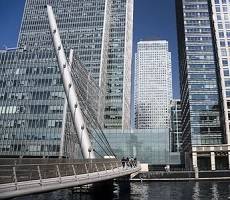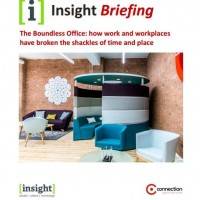March 18, 2016
Google submits revised plans for California headquarters 0
 Google’s ambitious plans for a new headquarters complex in California have been dramatically scaled back after the original plans were rejected by the City of Mountain View authorities. The original project came into question last year when it was revealed that Google’s plans were seen as overly ambitious given that they were competing for available space with LinkedIn’s plans for an office on adjacent land. The new plans, created by Heatherwick Studio and Bjarke Ingels Group share many of the same objectives however, including an open design, extensive landscaping, a focus on both work and leisure facilities and a flexible and sustainable design. The new schematics present it essentially as Centre Parcs populated by hipsters. As one Insight contributor convincingly argued recently, this sort of design is impressive and ideal for Google but should not be taken as a blueprint for anybody else.
Google’s ambitious plans for a new headquarters complex in California have been dramatically scaled back after the original plans were rejected by the City of Mountain View authorities. The original project came into question last year when it was revealed that Google’s plans were seen as overly ambitious given that they were competing for available space with LinkedIn’s plans for an office on adjacent land. The new plans, created by Heatherwick Studio and Bjarke Ingels Group share many of the same objectives however, including an open design, extensive landscaping, a focus on both work and leisure facilities and a flexible and sustainable design. The new schematics present it essentially as Centre Parcs populated by hipsters. As one Insight contributor convincingly argued recently, this sort of design is impressive and ideal for Google but should not be taken as a blueprint for anybody else.






































March 11, 2016
What that story about menstrual leave teaches us about flexible working 0
by Mark Eltringham • Comment, Flexible working, Technology, Workplace
More →